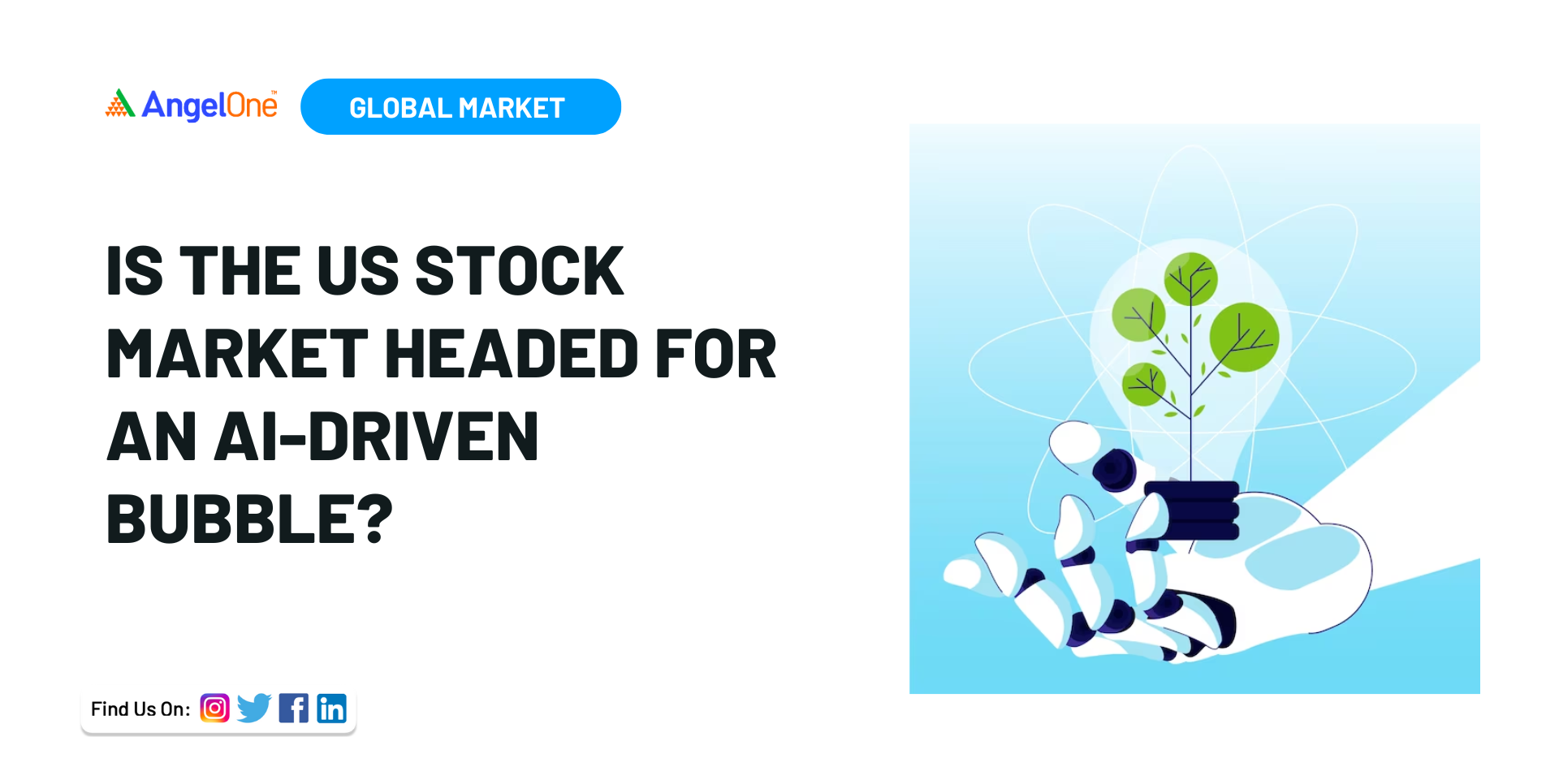Summary:
The U.S. stock market’s record highs are fueled by strong corporate earnings, AI-driven mega-cap stocks, and resilient fundamentals. Yet, valuation metrics like the Buffett Indicator and forward P/E ratios are flashing caution. Whether this is a lasting bull run or an inflated bubble depends on investor discipline, macroeconomic resilience, and smart portfolio diversification in the face of potential risks.
Introduction: Boom or Bubble?
The U.S. stock market has been on a remarkable run, smashing record after record, especially in tech and AI-driven sectors. For some investors, this feels like the golden era of wealth creation; for others, it’s reminiscent of dangerous periods like the dot-com bubble of 2000.
The big question: Is this rally sustainable, or are we heading toward a painful correction?
To answer that, we must break down what’s driving the boom, what signals a possible bubble, and what strategies investors should adopt right now.
What’s Fueling the Boom?
Corporate Earnings, AI, and Mega-Caps
The “Magnificent Seven” — companies like Nvidia, Microsoft, Apple, Alphabet, Amazon, Meta, and Tesla — have been the engines of this rally. These giants contributed nearly two-thirds of the S&P 500’s 24% return in 2023, and now represent 30–35% of the index’s total market cap (Barron’s, Business Insider).
AI has been a major driver of this enthusiasm. Nvidia’s earnings explosion and surging semiconductor demand have attracted unprecedented capital flows. Combined with expectations of Federal Reserve rate cuts and a surprisingly resilient U.S. economy, optimism has remained strong.
Intangible Assets and Market Concentration
Intangible assets — patents, software, brand value — now account for ~90% of S&P 500 company assets (Financial Times). While this underpins innovation, it also makes valuations harder to gauge and increases market concentration risk.
Signs the Market Could Be in Bubble Territory
Elevated Valuation Metrics
- Buffett Indicator (Market Cap to GDP): Currently around 200%, which Warren Buffett once described as “playing with fire” (Current Market Valuation).
- Forward Price-to-Earnings (P/E): The S&P 500 trades at 22–25× earnings, far above the historical average of ~16× (Vanguard).
- 99th Percentile Valuations: Current valuations rank among the highest since 1950.
Narrow Market Breadth and Speculation
While tech stocks soar, other sectors lag. This narrow breadth mirrors conditions before past corrections (WSJ).
Signs of speculative behavior include:
- Explosive penny-stock trading.
- Surging leveraged ETF volumes.
- Heavy short-term options activity.
Echoes of the Dot-Com Bubble
Market concentration today is similar to 2000, when tech stocks dominated indexes before the crash. Analysts warn of 10–15% corrections later this year due to macro risks like stagflation, tariffs, and slowing growth (Business Insider).
Arguments for Sustainability
Underlying Fundamentals
Not all gains are speculative. Investors are rotating into value sectors like healthcare, consumer staples, and energy, which provide earnings stability even in uncertain times.
Some indicators suggest resilience beyond the tech bubble narrative — with manufacturing, travel, and housing showing relative strength.
Expert Views
Russell Investments notes pockets of overvaluation but stops short of calling this a full-blown bubble (Russell Investments).
The U.S. also enjoys a stronger innovation pipeline and global investor demand compared to stagnant regions like parts of Europe and Japan.
Real-World Parallels and Lessons
- Dot-com parallels: In 2000, tech-heavy indexes crashed after excessive optimism, similar to today’s AI frenzy.
- Value resilience: In past overvalued markets, low P/E, high-dividend stocks outperformed growth darlings over the next decade.
- AI divergence: The SOX semiconductor index lagging the broader market suggests not all AI-related industries are equally strong.
Frequently Asked Questions (FAQs)
1. Is the stock market in a bubble?
Some sectors show bubble-like valuations, but overall fundamentals still support growth.
2. What is the Buffett Indicator today?
Around 200%, historically a danger zone.
3. How high are valuations compared to history?
Forward P/E ratios are 40–50% above the long-term average.
4. Are tech stocks too dominant?
Yes — the “Magnificent Seven” now make up over 30% of the S&P 500.
5. Could a correction happen soon?
Many analysts predict a 10–15% pullback in the next few months.
6. Are intangible assets inflating valuations?
Yes — they now comprise ~90% of S&P 500 corporate assets.
7. Is market breadth improving?
Only slightly — gains remain concentrated in large-cap tech.
8. What macro threats exist?
Trade tensions, stagflation fears, rising tariffs, and policy uncertainty.
9. Can value stocks offer safety?
Historically, yes — especially during periods of overvaluation.
10. What does semiconductor weakness mean?
It may signal weaker core tech demand despite AI hype.
Key Takeaways and Practical Advice
For investors navigating this market:
- Diversify across sectors — don’t rely solely on mega-cap tech.
- Monitor valuations closely — Buffett Indicator, CAPE ratio, and forward P/E are key metrics.
- Reassess risk tolerance — especially if retirement is near.
- Use market dips strategically — view corrections as long-term buying opportunities.
- Favor quality over speculation — companies with durable earnings and strong balance sheets.
- Stay updated on macro trends — especially Fed policy, job reports, and geopolitical risks.
Bullet Summary:
- Record valuations justify caution.
- AI and tech profits sustain momentum but increase concentration risk.
- Value and defensive sectors can act as portfolio stabilizers.
- Market corrections are likely — preparation beats panic.
Conclusion
The U.S. stock market rally reflects both powerful fundamentals and elevated investor enthusiasm. Strong corporate earnings, innovation, and global capital flows suggest it could be sustainable. However, stretched valuations, narrow breadth, and external economic risks point toward potential volatility.
For investors, the path forward lies in balance — maintaining exposure to growth drivers while hedging with value stocks, diversifying sectors, and preparing mentally and strategically for corrections.





